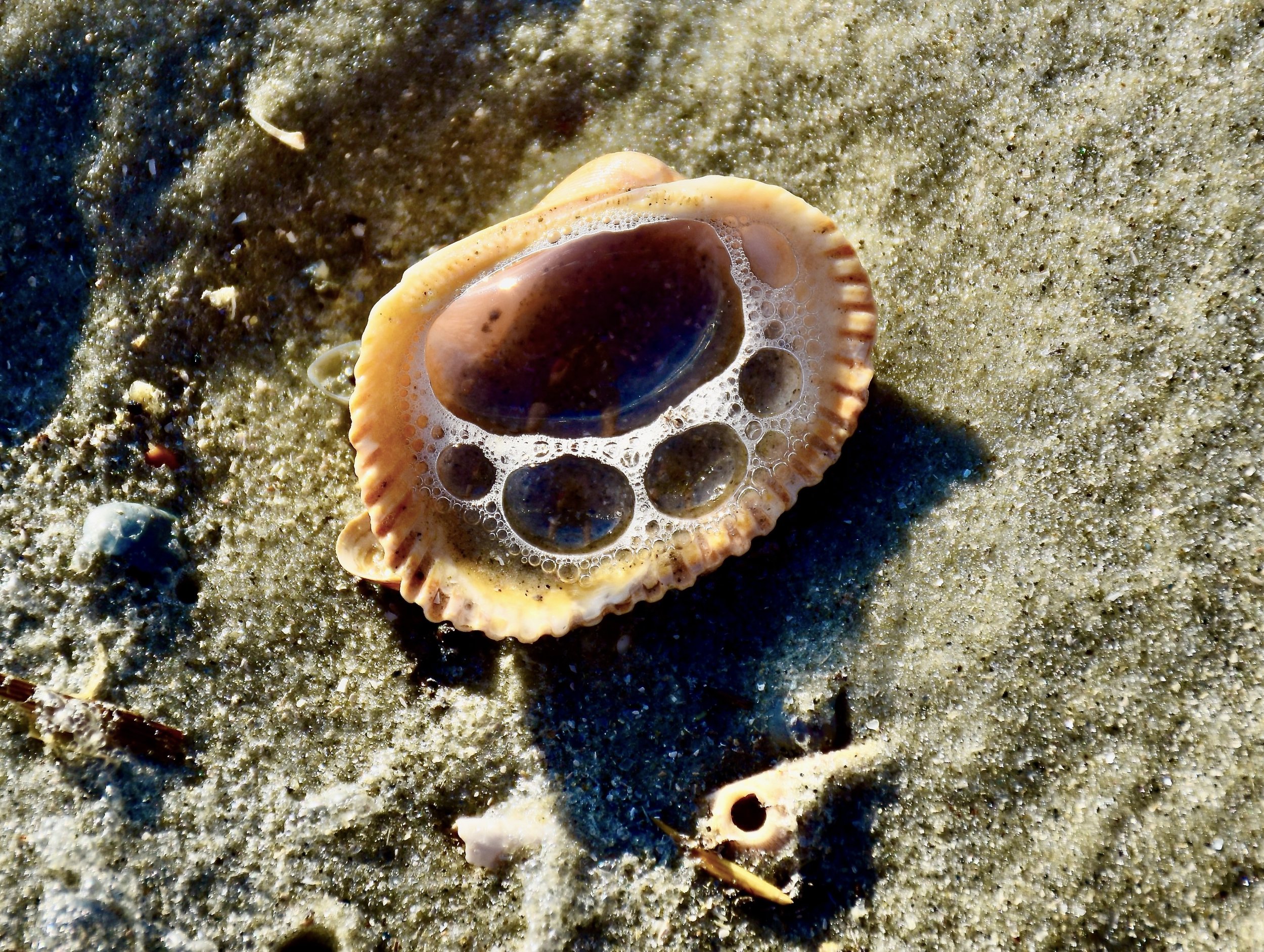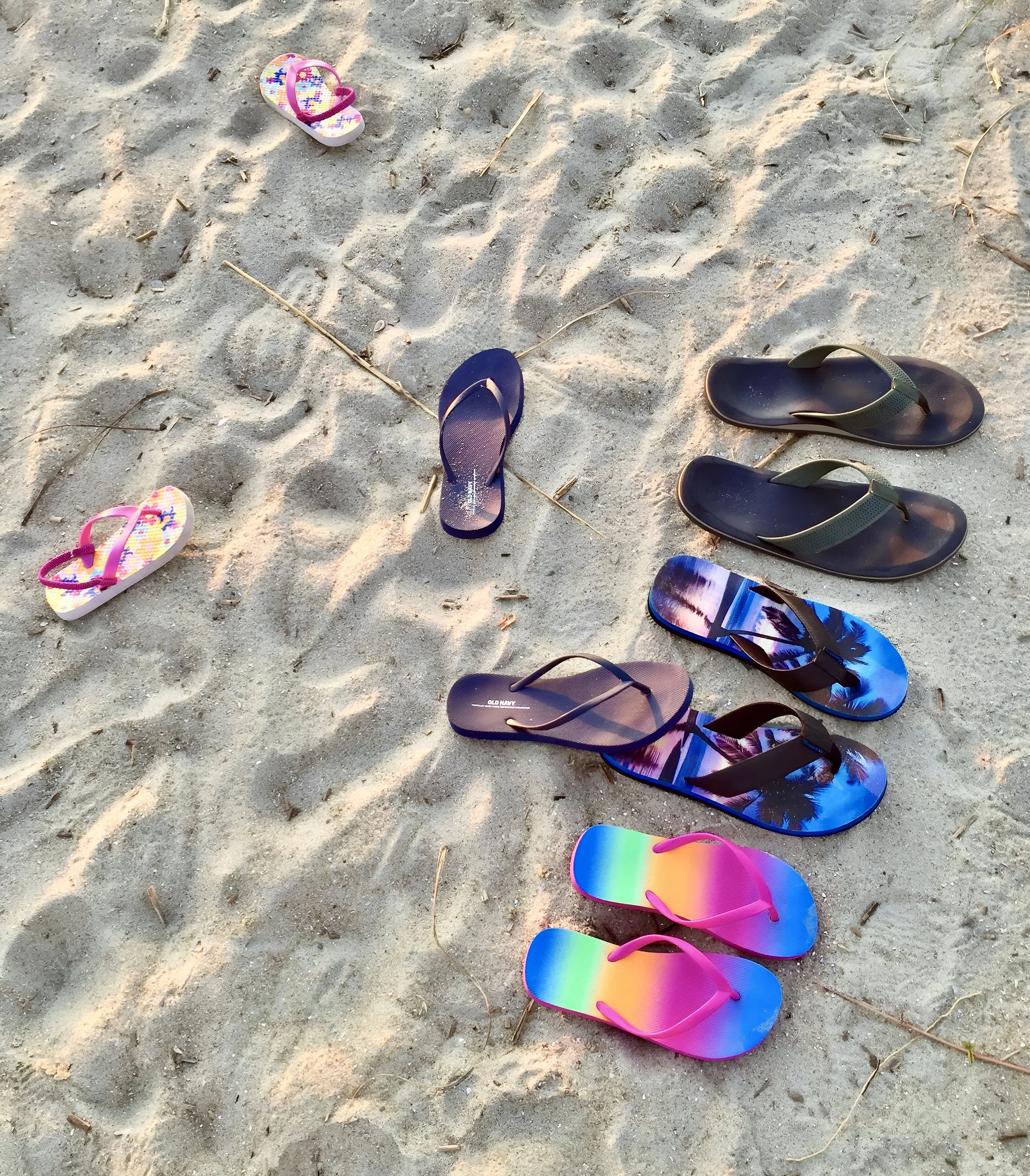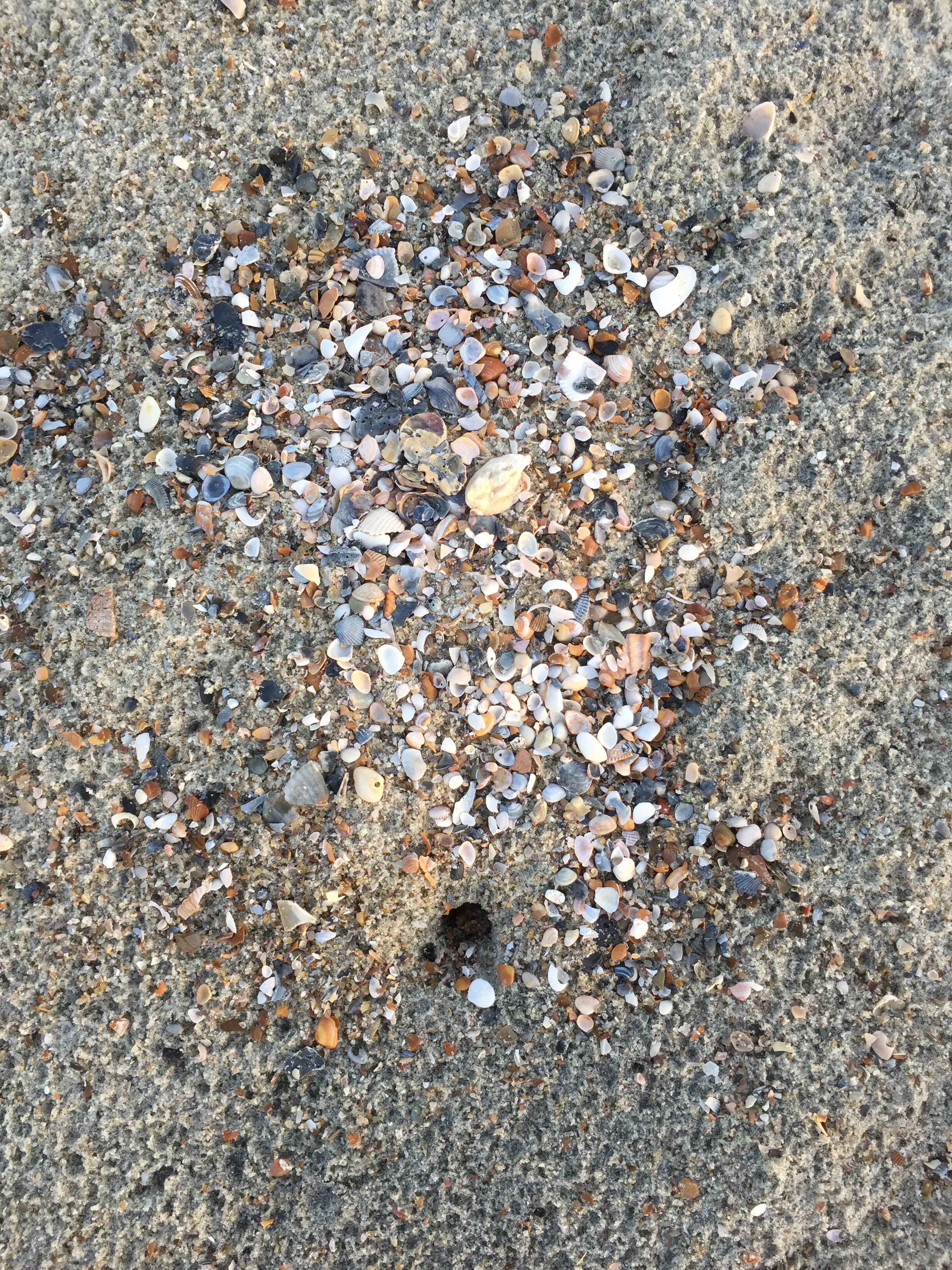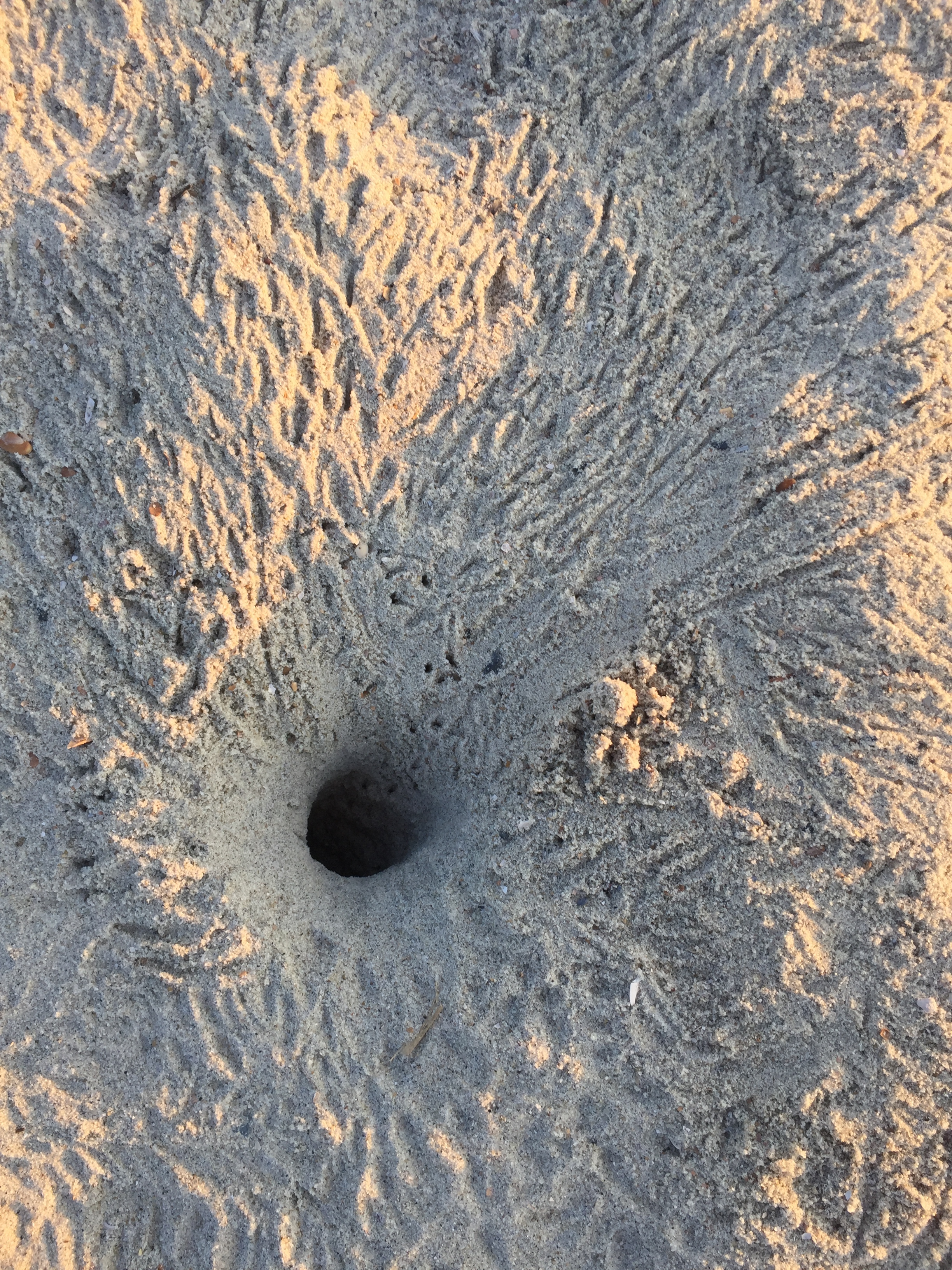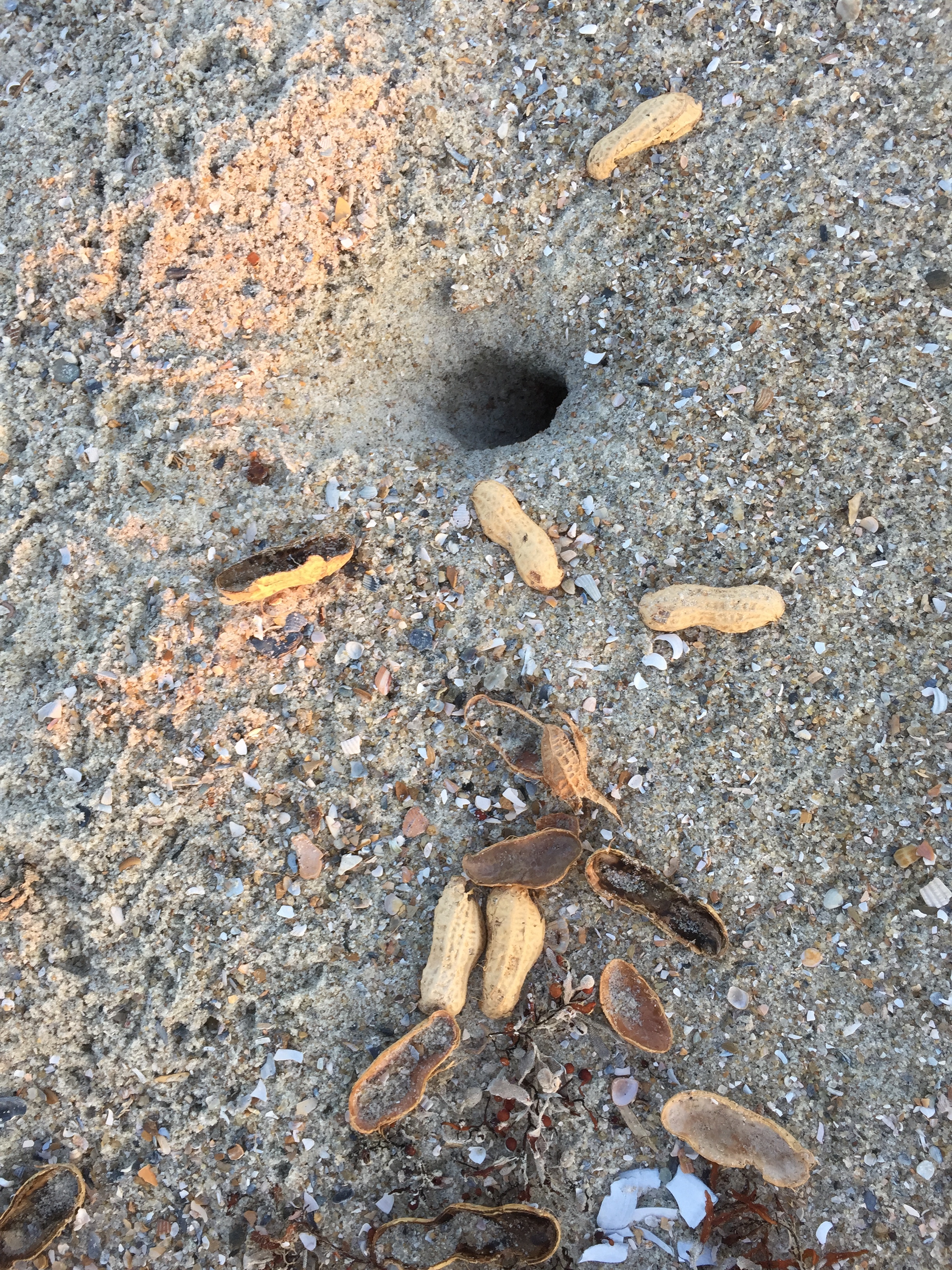Camellias Wait in the Wings
/The period following Epiphany, after the holiday cheer is packed away for the next eleven months, can feel drab and dreary. Bare rooms seem spiritless without the decorations, and there are no lights on houses and trees to twinkle up the dark midwinter evenings.
But, soft! What wonder on yonder shrub awaits? Just outside my kitchen window, camellia buds, green spheres packed tight with petals, respond to the solstice shift in light. By mid January, the cocooned flowers become impatient and begin to peek out, then over the next month, they break free of their restraints and unfold into frilly delights. Their yellow powdery stamens against satin magenta petals are one of the most beautiful color and texture combinations on the island. They’re a joy on the still short days, happy harbingers of February’s azaleas, then the parade of spring growth island wide. They smile through the cold.




